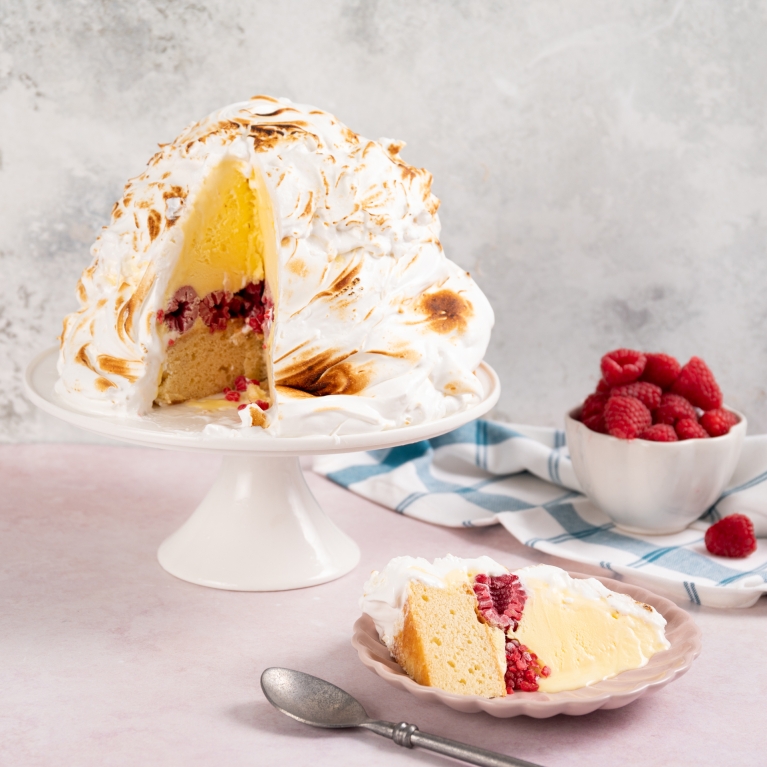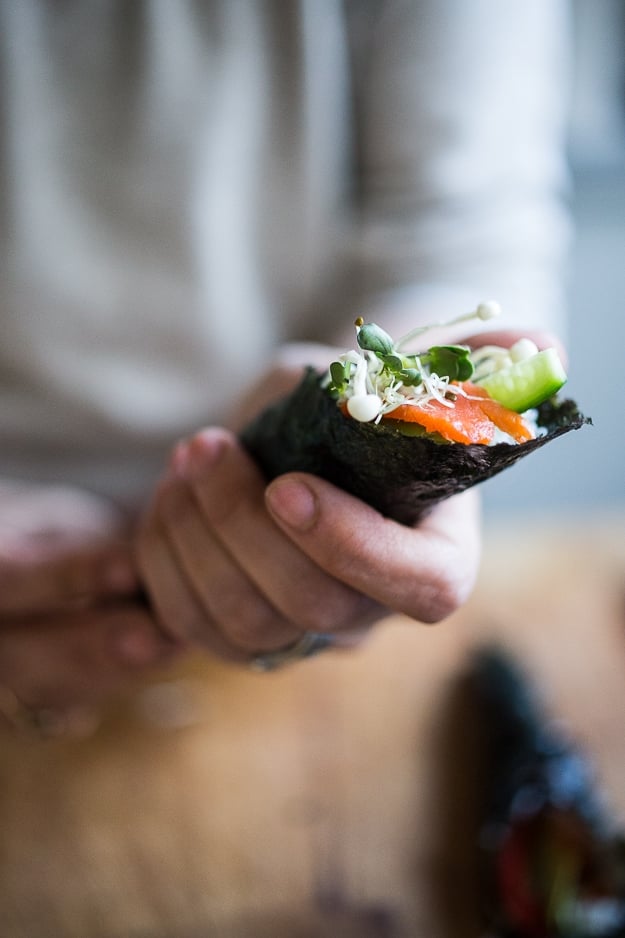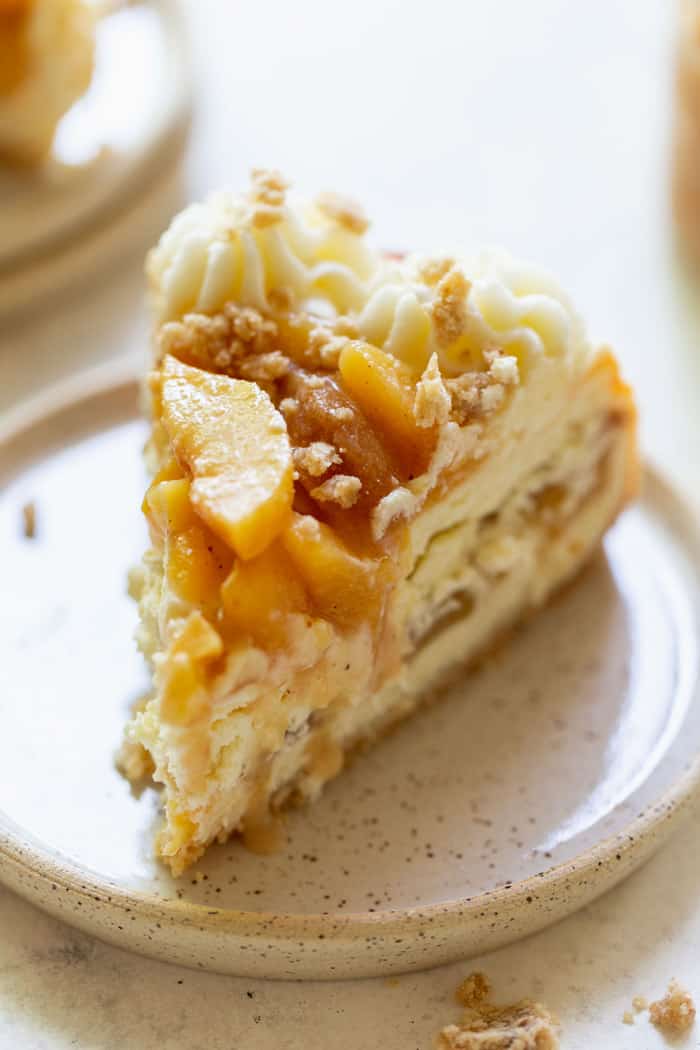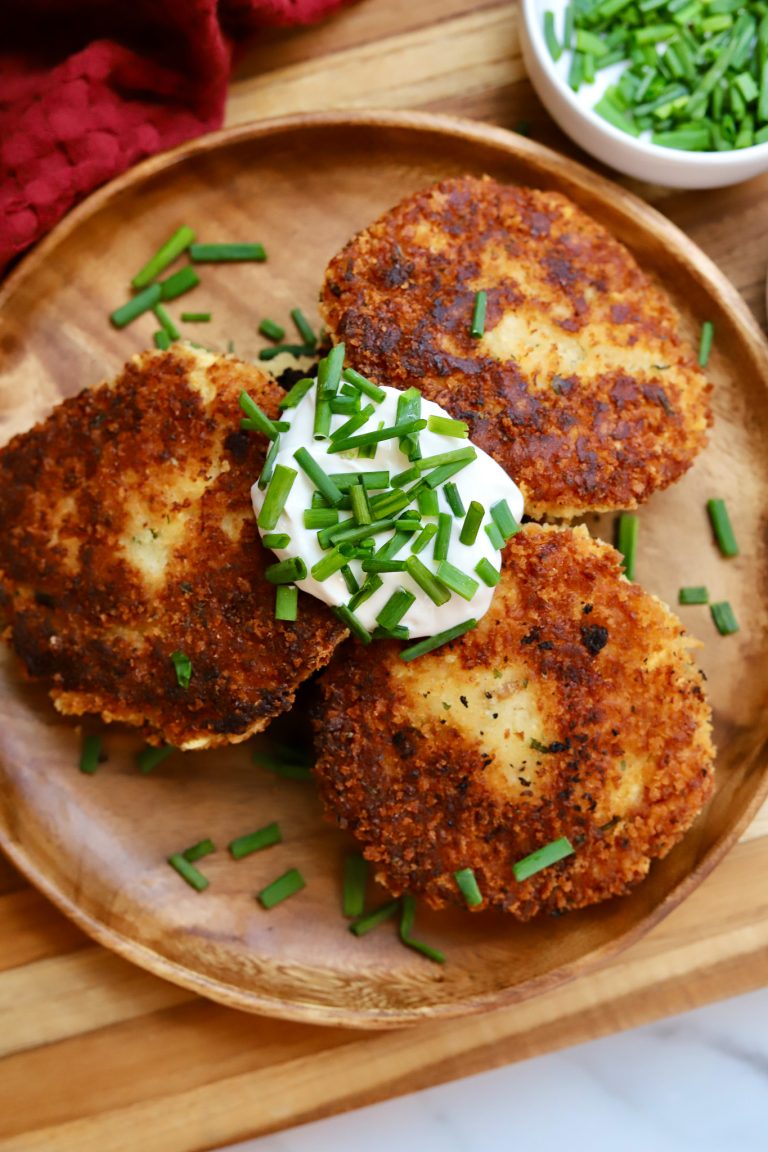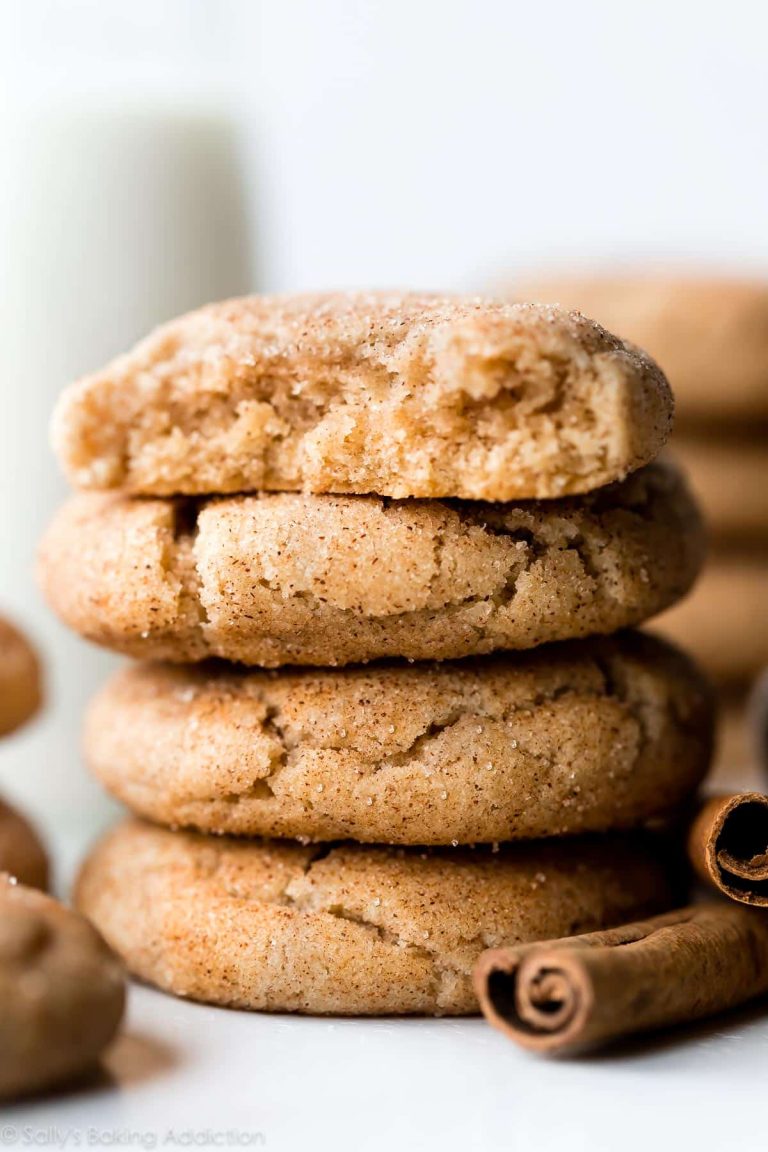Victoria Sponge Cake: History, Baking Tips, and Creative Variations for Every Occasion
The Victoria Sponge Cake traces its name and origins to Queen Victoria. During the 19th century, Queen Victoria enjoyed slices of sponge cake with afternoon tea. This cake became associated with her moniker, cementing its name in British culinary history. The traditional ingredients include flour, sugar, butter, eggs, jam, and cream, resulting in a light, fluffy texture. This simplicity allowed the cake to become a staple in British households.
Popularity in British Culture
In British culture, the Victoria Sponge Cake holds a significant role. It’s frequently served at afternoon teas, enhancing social gatherings. The cake’s rise to popularity further spread through cookbooks and media representations in the 20th century. Today, it remains a beloved dessert in both homes and bakeries. Competitions, such as those in village fairs, often feature the Victoria Sponge as a test of baking skill. The cake’s enduring presence reflects its cultural and culinary value.
Key Ingredients in Victoria Sponge Cake
Flour, Sugar, and Eggs
Flour forms the cake’s base, providing structure. Use self-rising flour for the best results, as it contains baking powder, ensuring a light texture.
Sugar sweetens the cake, but its creaming with butter is crucial. This process incorporates air, resulting in a fluffy sponge.
Eggs contribute to the cake’s richness and moisture. They work with the flour’s gluten to create a stable structure, holding the cake together.
The Role of Jam and Cream
Jam offers a fruity contrast to the cake’s sweetness. Strawberry or raspberry jam is traditional, adding a classic flavor.
Cream adds richness and smoothness. While fresh whipped cream is common, some variations use buttercream for added texture.
Baking the Perfect Victoria Sponge Cake
Tips for a Fluffy Sponge
Achieving the perfect light and airy texture in a Victoria Sponge requires attention to specific techniques:
- Room Temperature Ingredients: Use butter, eggs, and milk at room temperature to ensure even blending and a smooth batter.
- Proper Creaming: Cream butter and sugar until light and fluffy for 3-5 minutes to incorporate air. This process helps create a tender crumb.
- Sift Dry Ingredients: Sift flour and baking powder together to break up any lumps and add air.
- Fold Gently: Fold the flour into the batter gently using a spatula to avoid deflating the mixture.
- Correct Baking Temperature: Bake at 350°F (175°C) for around 20-25 minutes. Ensure your oven is properly preheated and avoid opening the door during baking.
- Overmixing Batter: Overmixing after adding flour can result in a dense cake. Mix just until combined for the best texture.
- Incorrect Measurements: Use a kitchen scale for precise measurements. Inaccurate amounts of flour, sugar, or butter can disrupt the cake’s balance.
- Wrong Pan Size: Use the recommended 8-inch (20 cm) round cake pans. Different sizes can lead to uneven baking.
- Skipping Sifting: Unsifted flour can create a heavier texture. Always sift to incorporate air and ensure lightness.
- Inaccurate Oven Temperature: Use an oven thermometer to verify your oven’s temperature. An incorrect temperature can cause undercooked or overcooked cakes.
Variations of Victoria Sponge Cake
Gluten-Free and Vegan Options
Exploring gluten-free and vegan options for Victoria Sponge Cake broadens its appeal. Gluten-free variations replace wheat flour with alternatives like almond flour or gluten-free baking blends. In vegan recipes, substitute eggs with flaxseed meal or applesauce, and use plant-based butter and milk. These adaptations maintain the cake’s hallmark texture while meeting dietary needs.
Innovative Flavor Combinations
Innovative flavor combinations offer fresh takes on the classic Victoria Sponge. Replace traditional strawberry jam with unique fillings like passion fruit curd, lemon curd, or raspberry jam. Infuse sponge layers with essences such as roasted coffee or matcha green tea. Experimenting with flavored creams, like lavender-infused or chocolate ganache, creates rich and diverse profiles.
By adopting these variations, you diversify the timeless Victoria Sponge Cake to suit modern tastes and dietary preferences.
Serving and Presentation Ideas
Traditional vs. Modern Serving Styles
Traditional Victoria Sponge Cake serving emphasizes simplicity. Typically, you slice the cake evenly and place it on a classic serving platter. Dust the top with a light layer of confectioner’s sugar. Serve slices with a cup of tea to adhere to British tradition.
Modern serving styles offer more creativity. Consider individual portions like mini sandwiches or cupcake versions of the Victoria Sponge. These options are ideal for parties and gatherings. Serve with a drizzle of caramel or a side of fresh berries to provide a contemporary twist.
Decorative Suggestions
Decorative elements enhance the visual appeal. For a classic touch, spread a thin layer of jam between the cake layers, followed by a generous spread of whipped cream. Add fresh berries on top for color.
For a more elaborate appearance, sprinkle edible flowers around the edge of the cake. Use a piping bag to create intricate cream patterns. You can also stencil powdered sugar designs on the cake’s surface. These decorative ideas allow you to match the cake to any theme or occasion.
Conclusion
Embracing the timeless charm of the Victoria Sponge Cake can elevate your baking repertoire. Whether you stick to the classic recipe or experiment with modern variations, this cake offers endless possibilities for creativity and personalization. Perfect for any occasion, its light and airy texture paired with delightful fillings make it a crowd-pleaser. So gather your ingredients, follow the tips, and enjoy the process of baking this iconic dessert. Your efforts will surely be rewarded with a delicious treat that pays homage to a rich culinary tradition.
